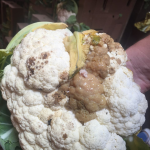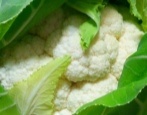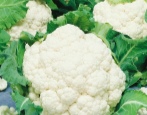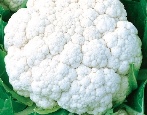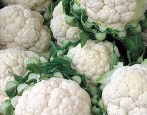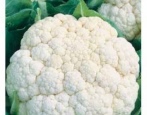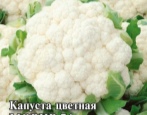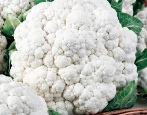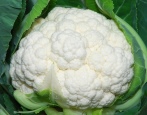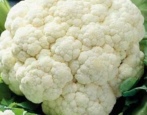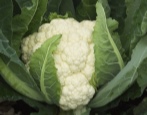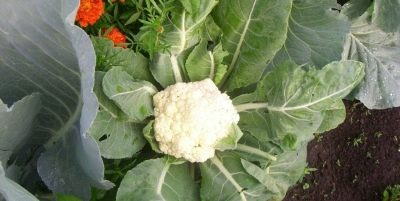
- Authors: Maksimov S.V., Klimenko N.N.
- Year of approval: 2006
- Appointment: for home cooking, for freezing, for canning, for fresh consumption
- Leaf rosette: vertical
- Sheet length: middle length
- Leaf color: light green
- Sheet surface: slightly bubbly
- Edge of the sheet: slightly wavy
- Yield: high
- Average yield: 2.5 kg / sq.m
The cauliflower variety Parisian of the mid-season group is the development of domestic breeders. During its existence, the subspecies has gained great popularity. On the territory of almost the entire country, it retains its commercial qualities in any season. His favorite was high yield, excellent taste, excellent keeping quality up to 70 days, amicable ripening.
Breeding history
The specialists of the agrofirm "Poisk" Maksimov SV and Klimenko NN completed the work on the development of a new variety of cauliflower in the early 2000s. The application for admission to cultivation was filed by the company in 2004. And 2 years later after successfully conducted variety trials, the Parizhanka variety was added to the State Register of the Russian Federation.
Description of the variety
The Parisian cauliflower is distinguished by rather large and almost snow-white heads, which have a wonderful appearance. This is a fairly cold-resistant and hardy crop, which is intended for summer-autumn cultivation.
Characterization of the appearance of the plant and heads
The Parisian woman has a vertical rosette of leaves. The foliage is medium in size, light green in color, there is a weak wave along the edges.
The cauliflower head is large in size, it is round-flat in shape, partially covered with leaves, snow-white, dense. The average weight is 0.75 kg, but heads up to 2 kilograms are also found.
Purpose and taste
The Parisian cauliflower is ideal for home cooking; it can be frozen, canned, and eaten fresh. This healthy product has valuable nutritional properties. The inflorescences contain elements such as ascorbic acid, iron, amino acids, vitamin U, which is rare, and other important substances.
Ripening terms
The period of time that passes from germination to the beginning of the harvest of Parisian cabbage is 110-120 days. Thus, it can be attributed to mid-season crops.
Yield
The Parisian woman has a fairly high yield - on average, this figure is at the level of 2.5 kg / m2.
Growing regions
The parisianka cauliflower variety is adapted to many climatic zones, the culture is cultivated in the temperate zone, in the south, as well as in the northern regions (Siberia, Ural, Altai, Far East).
Growing and care
The Parisian cauliflower is quite demanding on both hydration and fertilization. As for the soil, acidic soil is absolutely not suitable for it. Seedlings are planted on seedlings in mid-March or early April. Seedlings are picked 7-10 days after germination. The grown seedlings will be ready for planting 45 days after germination. It is planted in open ground using a 50x50 cm scheme.
As for further care, it consists in regular watering, as well as weeding, loosening and feeding. Necessarily for a variety like Parisienne, shading the heads. To do this, break 2 leaves or tie them over the head (so that the cabbage retains its white color, and also so that it does not disintegrate).In the southern vegetable gardens and plantations, it is possible to plant the seeds of the Parisian woman immediately in the open ground.
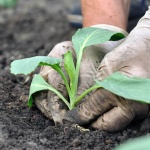
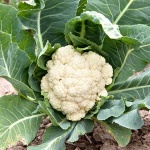
Disease and pest resistance
The Parisian cauliflower has excellent immunity. She staunchly resists many diseases. Dangerous pests for the Parisian woman will be aphids, scoops (caterpillars) and a cruciferous flea.
To protect against pests, planting cabbage is combined with salad, onions. For prophylaxis, dusting with ash, ash, tobacco is used. If insects appear en masse, it is necessary to treat plants with folk remedies and insecticides.
